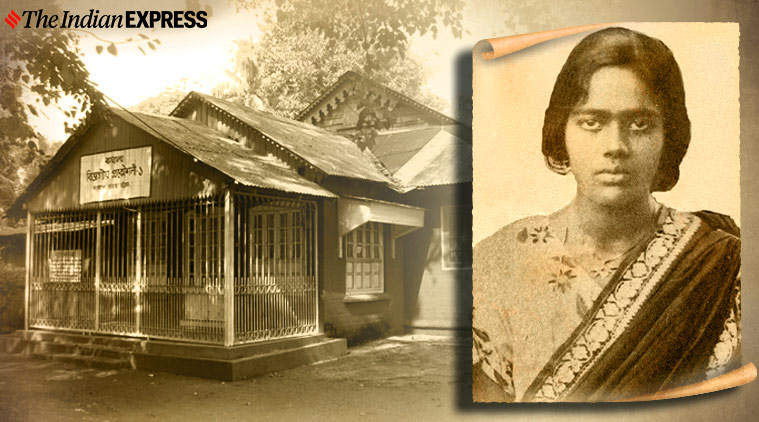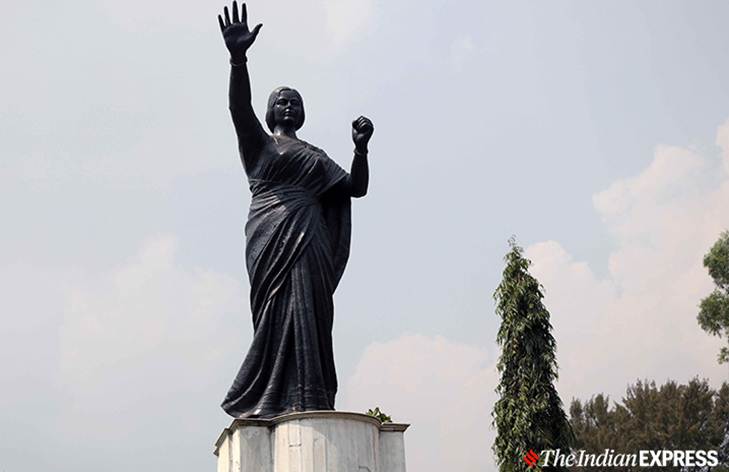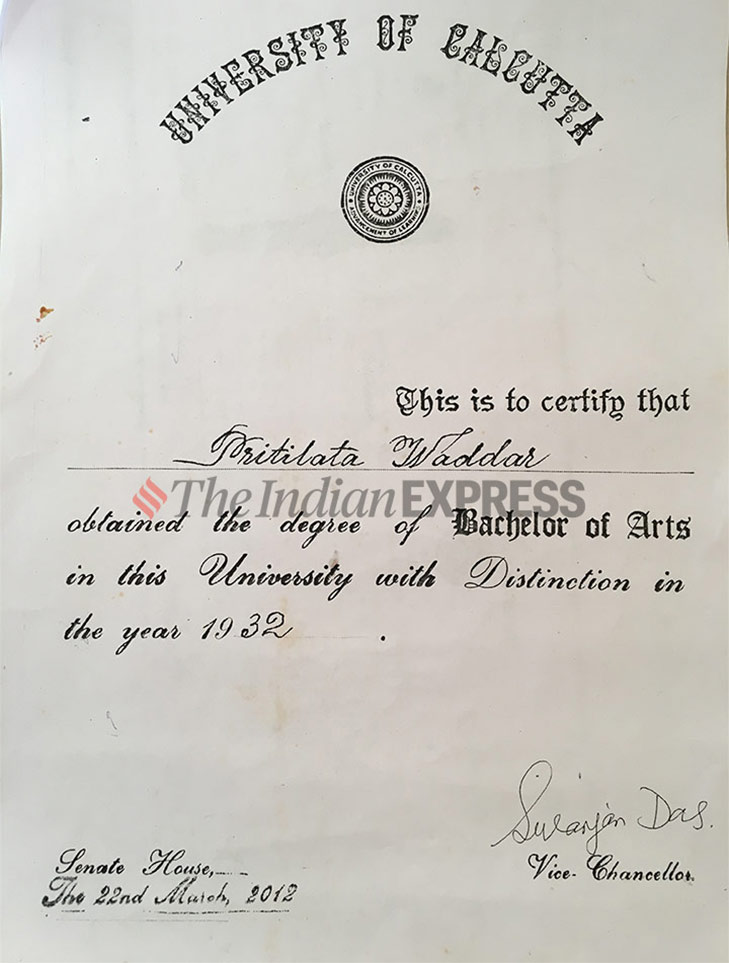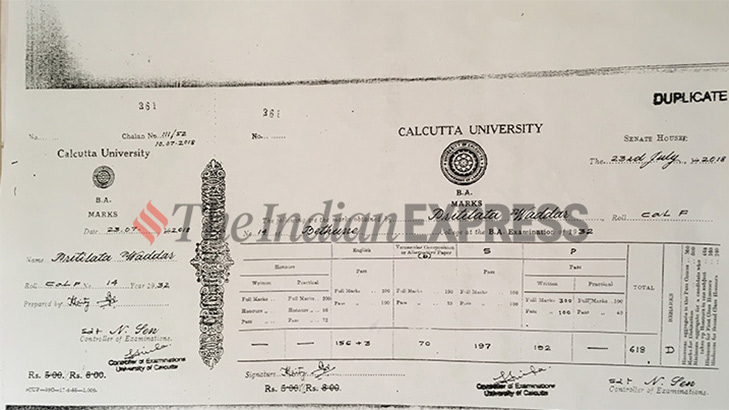Women’s Day Special: Inspired by Surya Sen, the 21-year-old led the raid on the Pahartali European Club in Chittagong.

Born in Chittagong, now in Bangladesh, Waddedar was a promising student, having spent her school years in her hometown. While a student at Eden College in Dhaka, Wadderdar’s anti-British sentiments began to take a more form as she slowly developed connections with other women who were spearheading semi-revolutionary groups. One such was with Leela Nag, a student at Dhaka University and an associate of Subhash Chandra Bose, who established the Deepali Sangha, a revolutionary group that provided combat training to women.
Waddedar came to Calcutta for higher education and enrolled as a student of Philosophy at Bethune College under the University of Calcutta. In the city, Waddedar was introduced to revolutionary leader Surya Sen, affectionately called ‘Master da’ by associates. Inspired by Sen, Waddedar soon joined his underground group. According to various accounts from the 1930s, members of Sen’s group initially objected to her membership, but appear to have eventually relented when they discovered her devotion to the cause for the motherland’s freedom, as well as her abilities to carry out assignments undetected by the police.
During the Chittagong Armory Raid of April 1930, 20-year-old Waddedar, along with Surya Sen, Ganesh Ghosh, Lokenath Bal, Ambika Chakrabarty, Anand Prasad Gupta, Tripura Sen, Bidhubhusan Bhattacharya, Kalpana Dutta, Himangshu Sen, Binod Bihari Chowdhury, Subodh Roy, Monoranjan Bhattacharya among a others in a group of at least 65 people, devised plans to raid the armoury of the British forces and destroy telegraph and telephone lines. Although the group did not manage to locate the armory, they succeeded in ruining the telegraph and telephone lines. Many members in the group were very young at that time, Subodh Roy being the youngest at just 14.

While some members of the group were captured and arrested, Waddedar and a few others managed to escape and regroup over the next few months. In 1932, the group, following Surya Sen’s original plans to attack the Pahartali European Club in Chittagong, assigned Waddedar as the leader for this assignment. The social club for Europeans had been specifically targeted because of its racist and discriminatory practises towards Indians, especially its use of the signboard that read “Dogs and Indians not allowed”.
Under Waddedar’s leadership, a group of 10 was trained in the use of arms and taught how to consume potassium cyanide if the need arose. They attacked the club on the night of September 23, 1932. Several members of the club were injured, while the group was shot at by the police guarding the club. Waddedar sustained a bullet wound that prevented her from escaping with her group. In those circumstances, she consumed potassium cyanide to evade arrest and ended her life. Waddedar was only 21.
Like her contemporary, Bina Das, Waddedar too had been denied her graduation degree by the British authorities of Bethune College under Calcutta University. In March 2012, almost eight decades after her death, the University of Calcutta posthumously awarded Waddedar her pending Bachelor of Arts degree with Distinction for the year 1932. On her graduation certificate, Waddedar’s name is mentioned with a misspelling, ‘Pritilata Waddar’, perhaps an indication of how her name was recorded in university records.

Dr Soumitra Sarkar, Librarian of Calcutta University, who oversees university archives told indianexpress.com that he did not have much information concerning why this may have occurred. A copy of Waddedar’s graduation certificate and marksheets were provided to the Birkanya Pritilata Trust in May 2018, based in Waddedar’s native village, Dhalghat, Patiya, Chittagong, established in her memory.

The large expanse of the Maidan area in the heart of Kolkata, is dotted with statues of individuals associated with the freedom struggle. Between 1947 and 1983, the West Bengal government replaced statues of British officials and East India Company employees with those of revolutionaries, men and women who had devoted their lives to the freedom of the nation.
One such statue is that of Pritilata Waddedar, the only commemorative structure dedicated to her in the country. The monument does not have an address; to find it, one would have to walk down the long stretch of Indira Gandhi Sarani in the Maidan. The tall statue depicts Waddedar, clad in a khadi sari, beset with sharp folds, with one arm outstretched and another balled up in a fist, perhaps signalling her determination for the cause of freedom.
In a re-reading of historical accounts on Waddedar’s life and contributions, it is easy to forget how young she was when she threw herself fully into the cause of liberation of her motherland.
source: http://www.indianexpress.com / Indian Express / Home> Lifestyle> Arts & Culture / by Neha Banka / Kolkata – March 08th, 2020